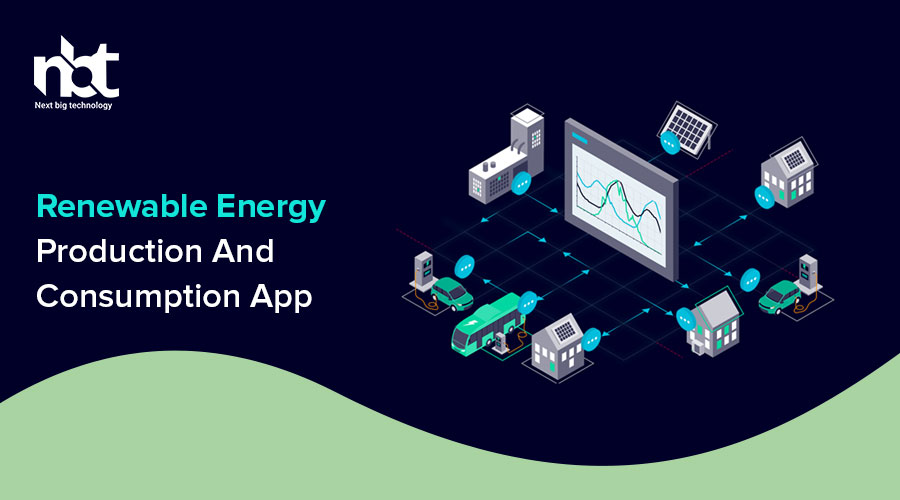Table of Contents
Introduction to Renewable Energy
Renewable energy sources have emerged as a critical component in the global effort to combat climate change and reduce our dependence on fossil fuels. These sources of energy harness natural processes and resources that are continuously replenished, offering a sustainable and environmentally friendly alternative to conventional fossil fuels. In this introduction to renewable energy, we will explore the various types of renewable energy sources, their environmental benefits, and their significance in the transition to a cleaner and more sustainable energy future.
Types of Renewable Energy Sources:
- Solar Energy: Solar energy is harnessed from the sun’s radiation using photovoltaic (PV) cells or solar panels. These panels convert sunlight into electricity, which can be used for various applications, including powering homes, businesses, and even entire communities. Solar energy is abundant and has the potential to significantly reduce greenhouse gas emissions.
- Wind Energy: Wind energy is generated by capturing the kinetic energy of the wind using wind turbines. As the wind turns the turbine’s blades, electricity is produced. Wind farms are becoming increasingly common around the world, contributing to a growing share of renewable energy in the global energy mix.
- Hydropower: Hydropower, or hydroelectric power, is generated by the kinetic energy of flowing water. Dams and turbines are used to convert the energy from water into electricity. Hydropower is a reliable and consistent source of renewable energy and has been in use for decades.
- Geothermal Energy: Geothermal energy is derived from the Earth’s internal heat. It involves tapping into underground reservoirs of hot water or steam to generate electricity and provide heating. Geothermal power plants are particularly efficient and have a minimal environmental impact.
- Biomass Energy: Biomass energy is produced from organic materials, such as wood, crop residues, and agricultural waste. These materials are burned or converted into biofuels to generate heat and electricity. Biomass energy provides a way to utilize organic waste while reducing reliance on fossil fuels.
- Ocean Energy: Ocean energy encompasses various technologies, including tidal energy and wave energy. These technologies capture the energy from ocean tides and waves to generate electricity. Ocean energy is a relatively untapped source with great potential for sustainable power generation.
Environmental Benefits of Renewable Energy:
Renewable energy sources offer numerous environmental benefits, making them essential in the transition to a more sustainable and greener energy future:
- Reduced Greenhouse Gas Emissions: Using renewable energy significantly reduces the emission of greenhouse gases, such as carbon dioxide (CO2), methane (CH4), and nitrous oxide (N2O). These gases are the primary drivers of global climate change.
- Air Quality Improvement: Unlike fossil fuel combustion, renewable energy sources do not release harmful air pollutants like sulfur dioxide and nitrogen oxides. This leads to improved air quality, reduced respiratory illnesses, and a lower incidence of smog-related problems in communities.
- Preservation of Natural Resources: Renewable energy sources are virtually inexhaustible and do not deplete natural resources. This contrasts with finite fossil fuel reserves that are being rapidly depleted.
- Reduced Water Usage: Many renewable energy technologies, such as wind and solar, use significantly less water for power generation compared to conventional power plants, thus reducing strain on water resources.
Significance in the Transition to Clean Energy:
Renewable energy is playing a pivotal role in the transition to a clean energy future for several reasons:
- Climate Change Mitigation: The use of renewable energy sources helps mitigate climate change by reducing greenhouse gas emissions. As the world faces the consequences of a warming planet, renewable energy is a key solution to limit temperature increases and their associated impacts.
- Energy Security: Renewable energy reduces dependence on fossil fuels, enhancing energy security and reducing vulnerability to supply disruptions and price fluctuations in the fossil fuel market.
- Job Creation: The renewable energy sector has the potential to create a significant number of jobs, ranging from manufacturing and installation to research and development. This contributes to economic growth and stability.
- Technological Advancements: As renewable energy technologies advance, they become more efficient and cost-effective. This drives innovation and accelerates the transition to cleaner energy sources.
- Global Cooperation: The international community is increasingly recognizing the importance of renewable energy in addressing climate change. Agreements like the Paris Agreement highlight the need for nations to transition to low-carbon energy systems.












